Solo Travellers
Japan Awaits Solo Travelers With Open Arms And Reveals Seven Incredible Reasons It Is The Ultimate Destination For Independent Exploration
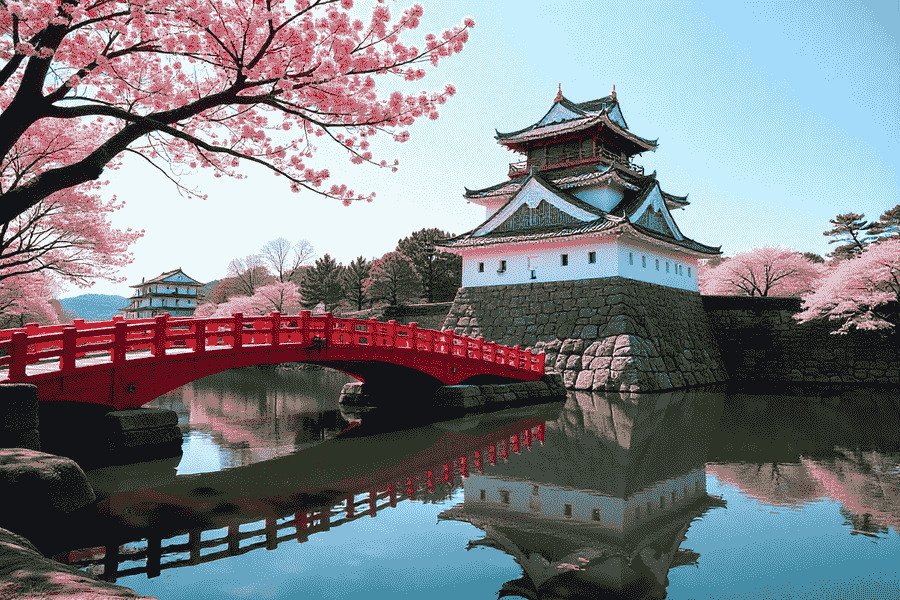
Saturday, August 2, 2025
Japan stands out as a top destination for solo travelers in 2025, offering unmatched safety, seamless transportation, and a vibrant culture that perfectly suits independent exploration. Whether enjoying the unique nightlife tailored for one, navigating the world-class train system with ease, or immersing yourself in rich cultural experiences, Japan provides everything needed for a fulfilling solo journey. These seven reasons highlight why Japan continues to attract and inspire travelers seeking freedom, adventure, and meaningful connections on their own terms.
Ohitorisama: Celebrating Solo Travel in Japan
In Japan, the word ohitorisama embodies a beautiful concept — it literally means “party for one.” It’s a celebration of enjoying one’s own company, embracing the freedom and joy that come with solo experiences. This mindset resonates deeply with the increasing number of travelers who choose to explore the world independently. Recognizing this global rise in solo and single travel, the Japan National Tourism Organization (JNTO) has highlighted why Japan is a premier destination for solo adventurers. Their insights reveal seven key reasons that make Japan an especially welcoming and enriching place for those journeying alone.
1. Safety That Lets You Explore Freely
Japan’s standing as one of the world’s safest nations is truly earned and continues to be a major draw for those traveling alone. Crime rates are remarkably low, and there’s a strong social emphasis on respect and community. This means solo visitors, regardless of gender or age, often feel comfortable roaming cities, wandering streets, or taking public transit even late into the evening. Whether you’re a first-time solo traveler or a seasoned globetrotter, the peace of mind Japan offers encourages more spontaneous exploration, late-night adventures, and overall confidence when traveling independently.
2. Nightlife Tailored for the Solo Traveler
The standing format encourages mingling but also suits travelers who prefer to enjoy their drinks quietly, soaking up the atmosphere without the pressure of long social interactions.
In addition to tachinomi, Japan has seen a surge in single-person karaoke bars, such as the popular 1Kara chain. These establishments provide private booths where you can sing your heart out without a crowd or an audience. For solo travelers who enjoy music and want to unwind on their own terms, this offers a perfect, low-pressure way to experience a classic Japanese pastime. These options demonstrate how Japan’s nightlife caters to various preferences, especially those who prefer to enjoy social spaces without being part of a larger group.
3. Impeccable Public Transportation
Japan’s train network is famous worldwide for its efficiency, cleanliness, and punctuality. For solo travelers, this is an invaluable asset. Navigating Japan’s extensive railway system is straightforward, even for newcomers. Tools like Google Maps make it easy to find the correct station entrances and train lines, while digital apps such as the Welcome Suica Mobile app (available for iPhone) allow for convenient contactless payments. No need to stress over tricky ticket machines or carrying cash.
The trains themselves are comfortable and safe, enabling travelers to cover long distances quickly or explore cities in detail without hassle. Whether you want to visit the bustling streets of Tokyo, the historic temples of Kyoto, or the scenic coastlines of Hokkaido, Japan’s railways connect you seamlessly. Traveling solo by train encourages independence and flexibility, allowing you to set your own pace and change plans spontaneously.
4. A Wealth of Cultural and Historic Experiences
Japan is a country deeply rich in culture and history, offering endless opportunities for solo travelers to immerse themselves in meaningful activities. From world-renowned art galleries and museums to serene temples and shrines, there is no shortage of places to explore. Solo travelers can take their time, reflect quietly, and soak in the atmosphere without feeling rushed.
Beyond sightseeing, Japan also offers countless hands-on experiences that enrich a traveler’s understanding of traditional arts and crafts. Many workshops cater to individuals eager to learn skills like calligraphy, lacquerware, silk painting, or even sushi-making. These classes are often intimate, welcoming environments where you can meet locals and other travelers alike, yet still enjoy the space to focus on your own creative journey. Many of these cultural activities are affordable or free, making them accessible and perfect for solo adventurers who want meaningful experiences without breaking the bank.
5. Solo-Friendly Accommodations
Japan’s hospitality industry understands the needs of solo travelers well. From capsule hotels designed for privacy and efficiency to traditional ryokans (inns) that offer peaceful retreat experiences, there are plenty of accommodation options that make traveling alone comfortable and enjoyable.
Capsule hotels, which are compact and affordable, provide a safe and convenient stay for solo travelers, often including communal areas where you can socialize if you choose. Meanwhile, ryokans deliver a more traditional Japanese lodging experience with tatami mats, communal baths, and exquisite local cuisine, ideal for travelers seeking quiet reflection and cultural immersion. These accommodation choices reflect Japan’s balance of privacy and community, catering beautifully to solo travelers’ preferences.
6. Culinary Adventures for One
Japan’s food culture is another highlight for those traveling alone. Many restaurants, especially ramen shops, sushi counters, and small izakayas (Japanese pubs), cater comfortably to solo diners. Counter seating and communal tables are common, enabling travelers to enjoy freshly prepared meals without feeling out of place.
The country’s diverse regional cuisines offer endless opportunities to taste local specialties, from Hokkaido’s seafood to Osaka’s street food delights. Eating solo also means you can indulge in exactly what you want, at your own pace, whether it’s savoring multiple small dishes or sticking to your favorite comfort food.
7. The Freedom to Create Your Own Journey
Perhaps the greatest advantage of solo travel in Japan is the freedom to design your own itinerary without compromise. Want to spend hours at a temple garden? Take a spontaneous detour to a small town? Try every vending machine snack you encounter? Solo travel allows for total flexibility, and Japan’s safety, accessibility, and rich cultural fabric make it a perfect backdrop for such personal adventures.
Japan offers solo travelers unmatched safety, convenience, and rich cultural experiences, making it an ideal destination for independent exploration in 2025. Here are seven reasons that make traveling alone in Japan truly special.
The ohitorisama spirit embodies this joy of solitude, transforming travel into a celebration of self-discovery and independent exploration. Whether it’s a short weekend getaway or an extended journey, Japan warmly welcomes solo travelers, offering countless opportunities to connect with its culture, people, and landscapes on your own terms.
Solo Travellers
Are the world's most beautiful islands in danger?

The scenery and 24-hour sun on these Norwegian isles are no longer a secret
Source link
Solo Travellers
The Best Ear Protection for Kids to Wear at Concerts, Fireworks, and Sporting Events
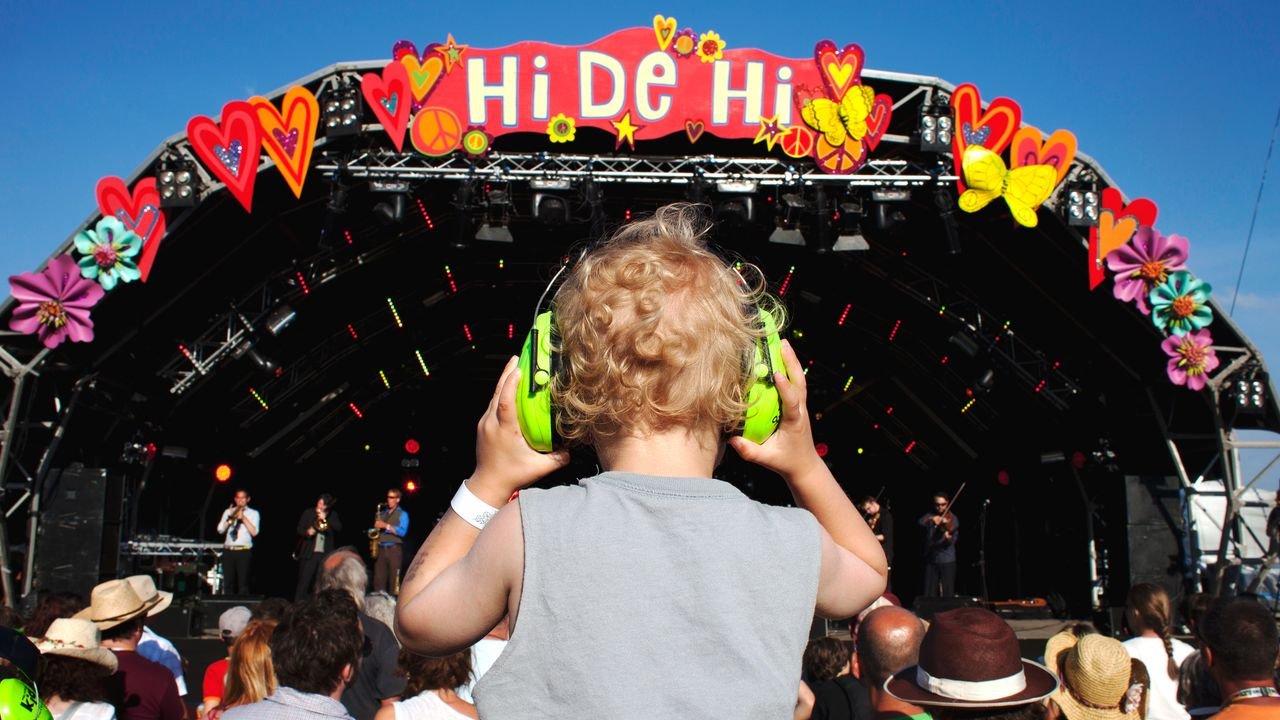
There’s a reason your child covers their ears every time you walk past a construction site. Little ears are sensitive—and they’re especially vulnerable in the presence of fireworks, race cars, and screaming Taylor Swift fans. According to the Centers for Disease Control and Prevention, prolonged exposure to noise above 85 decibels (dB)—the typical volume of a hair dryer—can cause permanent hearing damage, even for adults. Now imagine your child at a Fourth of July firework festival, where pyrotechnics displays can top 150 dB, and you understand why packing ear protection is just as crucial as sunscreen and snacks.
“Our ears are always on,” says Dr. Brian J. Fligor, a pediatric audiologist, author of Understanding Childhood Hearing Loss, and president of Tobias & Battite Hearing Wellness in Boston. “Hearing is crucial for our language development and navigation of the world. That’s why we must protect children’s hearing from birth.”
The good news? Today’s earmuffs—over-the-ear headsets that help block noise—are lightweight, comfortable, and stylish enough that most kids won’t put up a fight over wearing them. They’re also designed to lower the decibel level without muffling or distorting sound entirely. (The goal is volume reduction, not total silence.)
Dr. Fligor advises using protection any time an event is loud enough to startle a child or requires shouting in order to be heard. He also recommends it when riding ATVs, snowmobiles, or other powersport vehicles where engines are not particularly well-muffled. And while hearing protection is not necessary on commercial flights, he absolutely recommends muffs for smaller bush and prop planes, or when attending a jet flyover show. If you’re not sure how to gauge the noise risk in any given situation, there’s an app for that: Decibel X sound meter for iOS and Android offers a real-time frequency analyzer for spot checks.
We asked Dr. Fligor, a father of four, along with other travel-savvy parents about the muffs that work best for their kids and why. Below, the best kid-approved picks for the ultimate ear protection.
FAQ:
What should I look for to find the best ear protection for kids?
Aim for a minimum noise reduction rating (NRR) of 22 to 27 dB for general use, says Dr. Fligor. For especially loud environments—like fireworks shows or racing events—higher is better.
What ages need ear protection?
Exposure to loud noise—anything over 85 dB—can cause permanent hearing damage in children and adults alike, which is why it’s so essential to protect our hearing from birth onward. Proactive protection for kids is especially important because they are less likely to self-regulate and move away from noise if it gets too loud.
Which type of ear protection is better for kids: earplugs or earmuffs?
For babies, toddlers, and grade schoolers, over-the-ear muffs are the safest and easiest option. They’re more comfortable, stay in place better, and don’t pose a choking hazard the way earplugs might. Dr. Fligor advises against using earplugs for children until they are old enough to report accurately on their comfort and effectiveness, typically around age seven or older. For tweens and teens, high-fidelity earplugs like Loop or Etymotic work well because they dampen volume without distorting sound (ideal for concerts).
How can I tell if the ear protection fits correctly?
“Earmuffs should form a snug but gentle seal around the ears without any gapping,” says Dr. Fligor. That means the cups are large enough to fit around the entire ear— including the flap of cartilage around the edge, called the pinna—and sit along the jaw. If they slip forward or the ears poke out, it’s not tight enough. If they leave indentations or the child complains about pressure, it’s too tight. To double check the fit, ask your child to shake their head while wearing them: If the earmuffs shift easily or slide off, they’re too loose.
Solo Travellers
Renting a Camper Van for a Road Trip of Stargazing, Cook Outs, and Red Rock Hikes
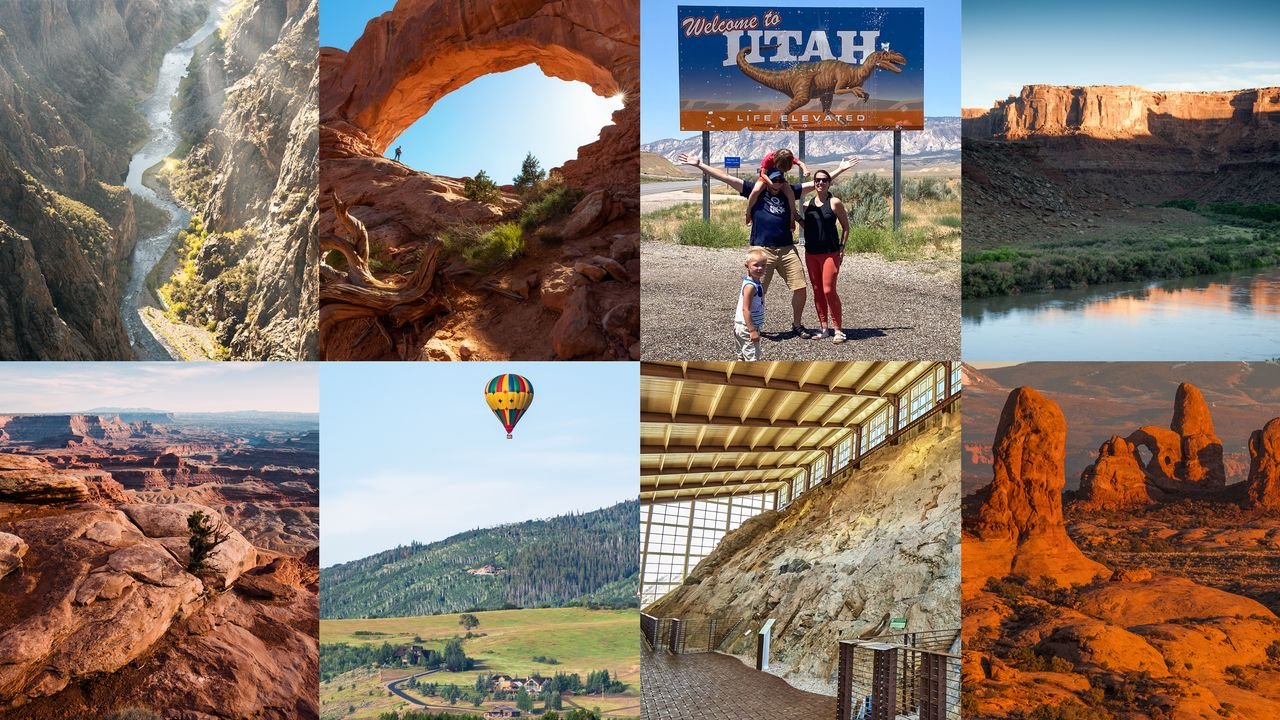
For Jo Piazza and Nick Aster, a camper van trip through the national parks of Colorado and Utah wasn’t just a summer escape—it was a way to reconnect with the adventures they loved pre-kids. “It was time for a trip out west,” Jo says. “We’d visited a lot of these national parks when we lived in San Francisco, but now it was about showing our kids—Charlie, 5, and Beatrix, 3—what makes these places so special.”
The couple, who live in Philadelphia and were expecting their third child at the time (Eliza, now born), mapped out a 10-day loop that started and ended in Denver. Along the way, they visited Rocky Mountain National Park, Steamboat Springs, Dinosaur National Monument, Moab, Arches, Canyonlands, Black Canyon of the Gunnison, and Breckenridge. “It was a bit of an epic romp,” Jo laughs. Here’s how they spent their family vacation—and how much it cost.
Why rent a camper van?
Pregnant, outdoorsy, and realistic about the physical demands of camping with two small kids, Jo knew she needed more than a tent. “Sleeping on the ground just wasn’t going to cut it,” she says. “A van gave me a good place to sleep—and full disclosure, Nick often slept out in the tent with the kids to give me a bit of luxury.”
They rented their “cabin camper” through Outdoorsy—a fully tricked-out truck with a massive cap in the back that felt like a log cabin on wheels. “People commented on it everywhere we went,” Jo says. “We’d get high fives, people asking to take pictures. At one point, someone said, ‘Hey man, we saw you in Canyonlands two days ago! That thing is awesome.”
Planning a flexible route around national parks
Unlike their usual meticulously planned vacations, this one was intentionally open-ended. “We had a general loop in mind,” Jo explains. “We knew we wanted to hit Rocky Mountain right away since it’s so close to the airport, and we knew Charlie would go bananas for Dinosaur. But the rest we figured out as we went. That’s the beauty of traveling by van—you don’t need to lock in hotels every night.”
This flexibility came in handy during a July heatwave in Moab. “We broke up the camping with a stay at the super-unhip Marriott,” Jo says. “It had a fake red rock pool and a mini water park. It flew in the face of the National Park ethos, but with 100-degree heat and two little kids, we just leaned in. They loved it.”
Top highlights for parents and kids
The kids’ favorite moments weren’t always the ones Jo and Nick would’ve picked, but they rolled with it. “They’re still talking about the pool in Moab and the fossil quarry at Dinosaur National Monument,” Jo says. “Also, they were weirdly into how much attention the van got.”
-

 Brand Stories2 weeks ago
Brand Stories2 weeks agoBloom Hotels: A Modern Vision of Hospitality Redefining Travel
-

 Brand Stories1 week ago
Brand Stories1 week agoCheQin.ai sets a new standard for hotel booking with its AI capabilities: empowering travellers to bargain, choose the best, and book with clarity.
-

 Destinations & Things To Do2 weeks ago
Destinations & Things To Do2 weeks agoUntouched Destinations: Stunning Hidden Gems You Must Visit
-

 Destinations & Things To Do1 week ago
Destinations & Things To Do1 week agoThis Hidden Beach in India Glows at Night-But Only in One Secret Season
-

 AI in Travel2 weeks ago
AI in Travel2 weeks agoAI Travel Revolution: Must-Have Guide to the Best Experience
-

 Brand Stories4 weeks ago
Brand Stories4 weeks agoVoice AI Startup ElevenLabs Plans to Add Hubs Around the World
-

 Brand Stories3 weeks ago
Brand Stories3 weeks agoHow Elon Musk’s rogue Grok chatbot became a cautionary AI tale
-

 Asia Travel Pulse4 weeks ago
Asia Travel Pulse4 weeks agoLooking For Adventure In Asia? Here Are 7 Epic Destinations You Need To Experience At Least Once – Zee News
-

 AI in Travel4 weeks ago
AI in Travel4 weeks ago‘Will AI take my job?’ A trip to a Beijing fortune-telling bar to see what lies ahead | China
-

 Brand Stories4 weeks ago
Brand Stories4 weeks agoChatGPT — the last of the great romantics



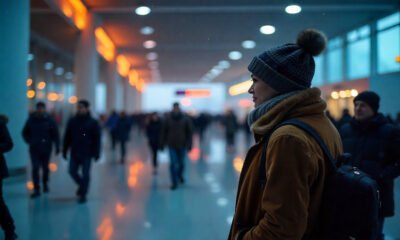







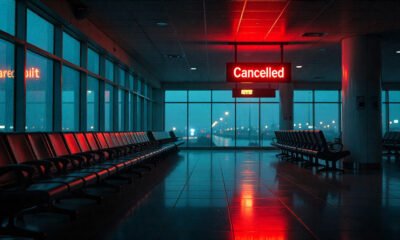

You must be logged in to post a comment Login